CAC Payback Period: How to calculate it & why it is important
Contributors:
Amol Ghemud
Published: February 10, 2023
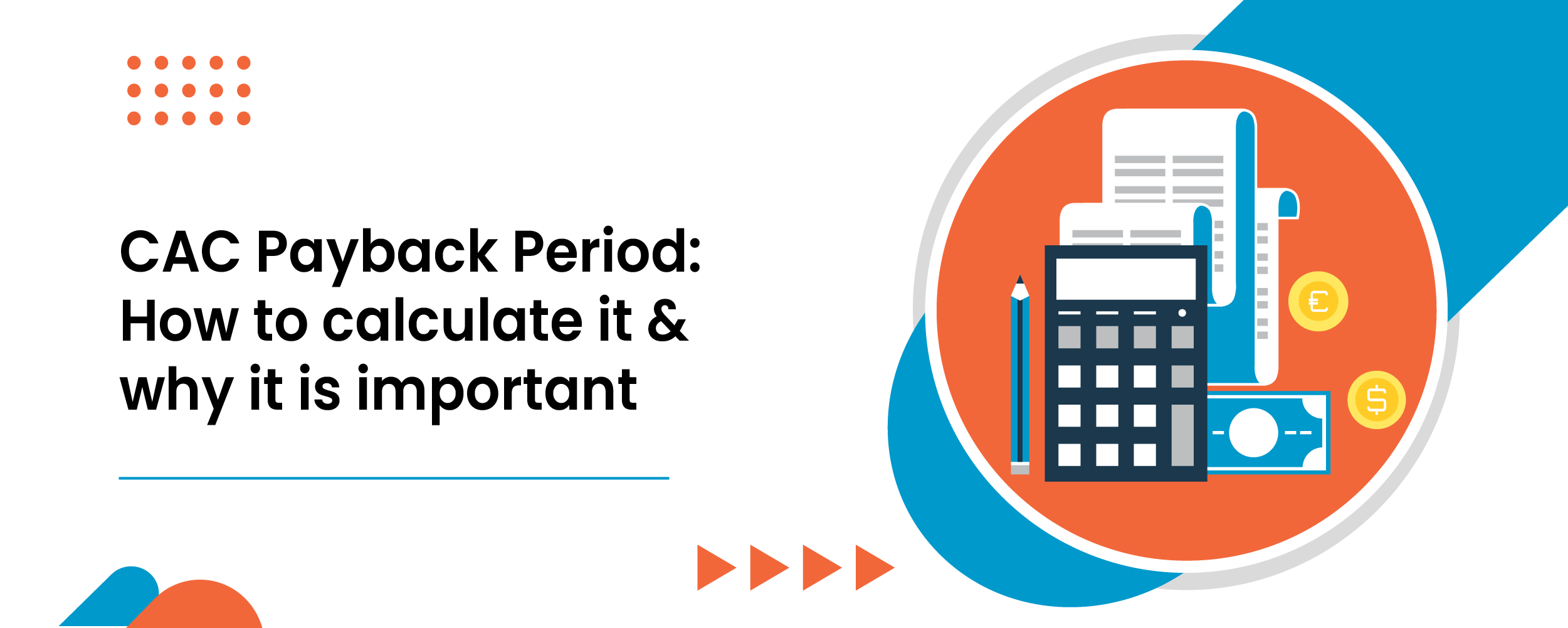
The pure delight of getting a new client never fades, regardless of the stage of your business. Always celebrate your achievements, especially in the early phases of your firm. Understanding the customer acquisition cost (CAC) and the CAC payback period is critical. This is the amount of time it takes for a new client to “pay back” the CAC in the form of gross profit.
But how do you determine CAC payback? What is the appropriate length of time? What is the significance of CAC payback? We can address any of your queries right here.
What exactly is CAC Payback?
The Customer Acquisition Cost (CAC) payback period is the number of months required to recoup the cost of gaining a customer (your break-even point). It should be no surprise that you want to limit this period as briefly as possible to assist your company in flourishing. Faster growth means shorter CAC payback!
CAC Payback is also known as CAC Recovery Time or CAC Recovery Months.
How to Calculate the CAC Payback Period
Calculating the CAC payback period is a straightforward technique that any organization should be familiar with. Before calculating the payback time, you must first calculate the customer acquisition cost (CAC).
Speak with marketing and sales to determine ad expenditure, content production expenses, publication costs, and department overheads. After gathering this information, split the total expenditures by the number of consumers obtained.
CAC Payback Formula
(CAC / Avg MRR * Gross Margin%)
This is the average acquisition cost for the company, and you can now compute the CAC payback period. Calculating the CAC payback period is as simple as taking the CAC and dividing it by the monthly recurring revenue (MRR).
Calculate Your CAC Payback Period
Why is CAC Payback Important?
Understanding acquisition efficiency through CAC payback is critical to understanding your company’s cash flow. If you don’t understand CAC and CAC payback, you might be spending hundreds or thousands on unproductive means of acquiring new clients.
Furthermore, CAC payback may aid in understanding how much you can (or should) spend per client as well as projecting future company development. A long payback time may be the first sign that the present acquisition approach is inefficient and that changes must be done before income is lost.
However, CAC payback cannot be evaluated standalone; it must be considered alongside other key metrics such as customer lifetime value (LTV) and the LTV: CAC ratio.
Benchmarks for CAC Payback
A solid CAC payback period for SaaS is generally low. Early-stage firms may have a longer CAC payback period, which can change as they develop and adapt, but the general rule of thumb is to strive for a payback period of no more than 12 months.
Larger companies may have longer CAC payback periods due to greater access to cash and resources. Still, a developing organization should not view a lengthy payback period as a sign of success.
How to Shorten the CAC payback period
The payback period is not fixed; you can alter how long it takes to generate a profit. Experimentation and a thorough grasp of your company and its consumers are required.
1. Increase your emphasis on the least expensive acquisition channels.
Are you wasting money on Google Ads when LinkedIn Sponsored Posts generate the majority of your quality leads? Understand where the least-priced, high-quality leads are coming from and focus more on them to lower CAC and CAC payback.
2. Examine marketing strategies and concentrate on channels that result in higher deal values.
Marketing allows for a lot of experimentation. Campaigns must be constantly tested and analyzed to ensure they are optimal. Examine what is and isn’t functioning. Change your plan and see how it affects the payback period.
What matters is that you use an analytics platform, your CRM or billing platform, and customer surveys to identify the lead source and compare the average revenue per client across platforms. Once you have this information, you can prioritize digital channels such as SEO, content marketing, and PPC.
3. Expand into more valuable market segments
If you’re currently focused on small-scale mom-and-pop stores, extending your service to enterprise customers can significantly shorten your CAC payback period.
For starters, these sorts of businesses are more likely to seek yearlong contracts and pay in lump sums (which means you often recover the whole CAC up front). Still, even if they are on monthly contracts, the high monthly cost means you can fast pay down any marketing costs and start benefiting.
4. Concentrate on upselling
New businesses sometimes undervalue the potential value of their current client base. Focusing inward rather than bringing in as many new clients as possible may be illogical.
However, the world’s fastest-growing SaaS businesses attribute 20-40% of their revenue growth to “expansion revenue” – additional revenue from upselling to current clients.
5. Minimize Churn
A high turnover rate is harmful to businesses. Customers that leave before you break even on their CAC cost you money in advertising (not to mention other running costs).
Some churn is unavoidable, and it provides an excellent learning opportunity. Introduce a non-pushy exit interview to identify why a consumer is leaving.
Conclusion
It may sound cliche, but you must indeed spend money to create money. CAC payback ensures that your money isn’t lost on ineffective marketing initiatives or clients who depart quickly after signing up.
The goal is to always learn and improve your strategies to get the most out of your consumers.
FAQs
1. What is the payback period for CAC?
The time it takes for your business to recover the cost of capturing a client is known as the CAC payback period. This fundamental statistic will greatly interest prospective investors since it accurately reflects a company’s growth potential.
2. What is the difference between CAC and CAC payback?
The price paid to bring on a new client is known as the CAC, or customer acquisition cost. The CAC Payback is the amount of time (often months) it takes for a business to recover its acquisition costs.
3. Is CAC annual or monthly?
Customer Acquisition Cost (CAC) is determined over a specific period. You may calculate CAC for a month, quarter, year, or another period as long as you know your sales and marketing expenditures for that period.
Read More:
How to Calculate Customer Acquisition Cost with Formula
LTV CAC Ratio: What is it, How to Calculate & More
Startup Customer Metrics 101: Customer Acquisition Cost
10 Mistakes Startup Founders Should Avoid in their Early Days
About the Author
Optimizer in Chief
Amol has helped catalyse business growth with his strategic & data-driven methodologies. With a decade of experience in the field of marketing, he has donned multiple hats, from channel optimization, data analytics and creative brand positioning to growth engineering and sales.
 Growth Strategy and Planning
Growth Strategy and Planning Inbound Growth
Inbound Growth Growth Hacking
Growth Hacking Search Engine Optimization
Search Engine Optimization Paid and Performance Marketing
Paid and Performance Marketing Social Media Marketing
Social Media Marketing AI-Driven Growth Strategy
AI-Driven Growth Strategy
 Growth Tools
Growth Tools Offers
Offers





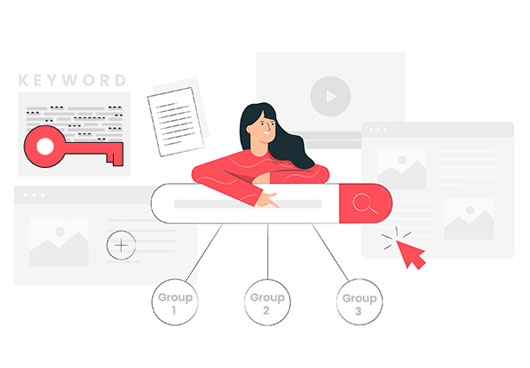



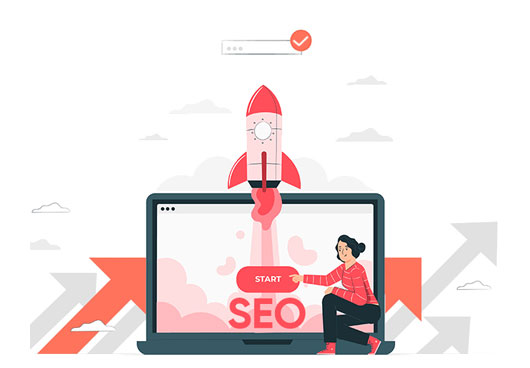
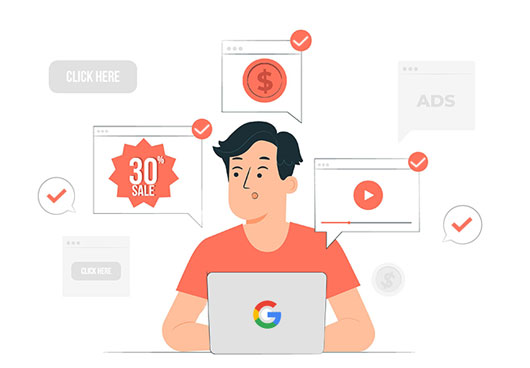

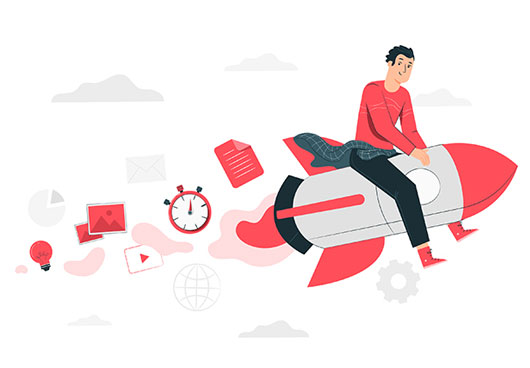





Leave a Reply